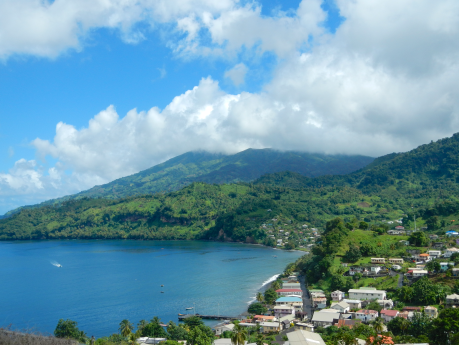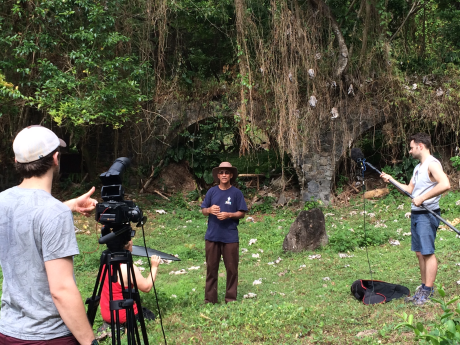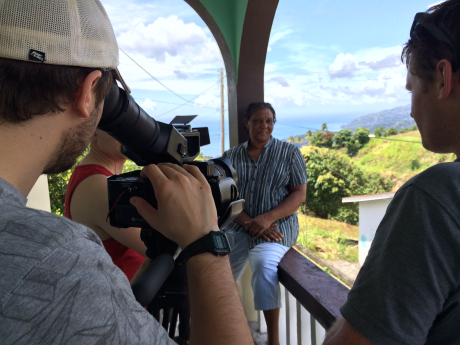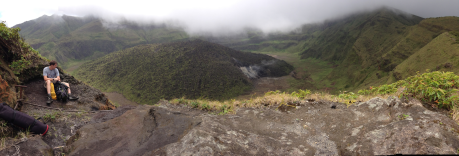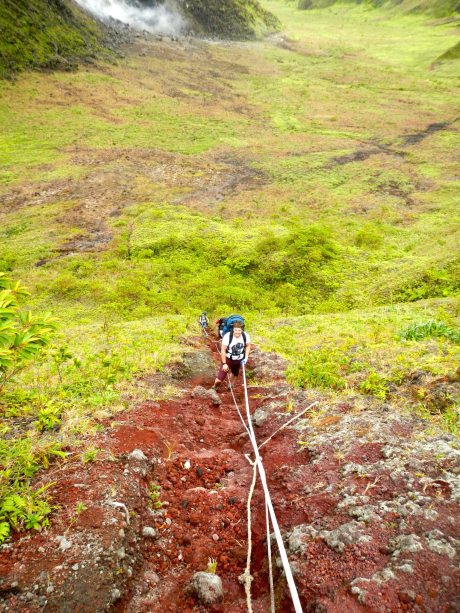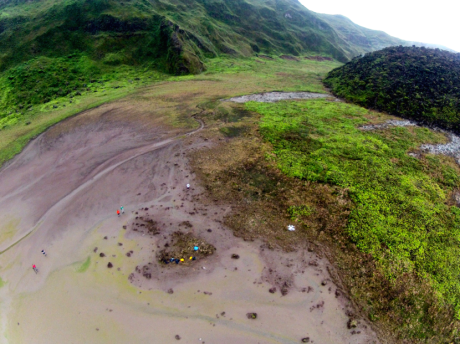I’m blessed to
work with some incredible people but what is becoming increasingly apparent to
me, is that those who are potentially having the biggest impact on society,
especially in the context of reducing risk from volcanoes, are those that very
often are not in the limelight. They often don’t publish articles in Nature,
they don’t receive awards or plaudits or recognition. In fact – I might go as
far as suggesting that in the current ways that the research councils or funding bodies value and
encourage impact – they are almost irrelevant.
This troubles
me deeply. Modern volcanology is about a systematic process aimed at reducing
the adverse affects of volcanoes by understanding the causes of disasters and
promoting strategies that limit exposure, reduce vulnerability, enhance
early-warning and improve preparedness for future events. Don’t get me wrong –
this requires excellent science – it
really does, but what is ‘excellent science’?
I would wager
that on many research proposals about volcanoes, that people say “the results
from this study…could further scientific understanding and…help reduce risk”.
This is a great aim – but are we as a community valuing and encouraging and
promoting and supporting those people who are actually doing this? Not writing about it in a proposal or talking
about it on TV – but those actually doing it?
Here’s who I
think we undervalue:
- · People who do painstaking work on databases
- · Scientists and technicians working in volcano observatories who work tirelessly to just ensure that data is even collected, let alone write fancy research about it
- · Scientists who devote time and effort to listening to the needs of research partners and being respectful of them
- · Researchers who do modeling work for others for free or without meaningful acknowledgment
- · Those that work tirelessly to bring people together and develop and strengthen collaboration
- · Those senior people/professors who spend all of their time trying to find work for others or trying to make things happen – who perhaps don’t have a lot of time for themselves or their own research
- · Nice – unselfish people – who just want to help out
My fundamental
problem with ‘impact’ is that the way that it is conceptualised is inherently
selfish. That’s fine if the motivation for doing good work is just for the
thrill of discovery, furthering ‘science’ or for personal gain – but most
people working in volcanology or disaster risk reduction have base motivations
that they want to help avoid disasters and improve people’s lives.
Surely we can’t
go on in this way? Are we in danger that the impact agenda forces good and
humble people to be self-serving? Whereas,
the reality is that true ‘impact’ is often made by those who are happy to just
be ‘making cups of tea’ for the rest of the team.
Here’s my
challenge to anyone that reads this (all 10 of you) – find a way to support,
encourage and promote those who are doing the unselfish things. Because – those
people often barely survive month to month, rarely get plaudits or awards,
don’t get huge research grants, are often unable to attend conferences, and
often don’t have time to blog or tweet.
I’m sure that I
am not alone in thinking this – We all have too many conversations or hear too many stories about
people being overlooked, undervalued and un-supported. What can we do about it?
I think that
these people don’t need you to shout about them or cover them in decorations.
They just need encouragement and support and to know their worth. Find those #unsungheros
and that’s where you will find real and meaningful impact.
Additional comment - people can be successful without being self-serving. But this post is about recognising those that aren't normally recognised :)
Additional comment - people can be successful without being self-serving. But this post is about recognising those that aren't normally recognised :)






